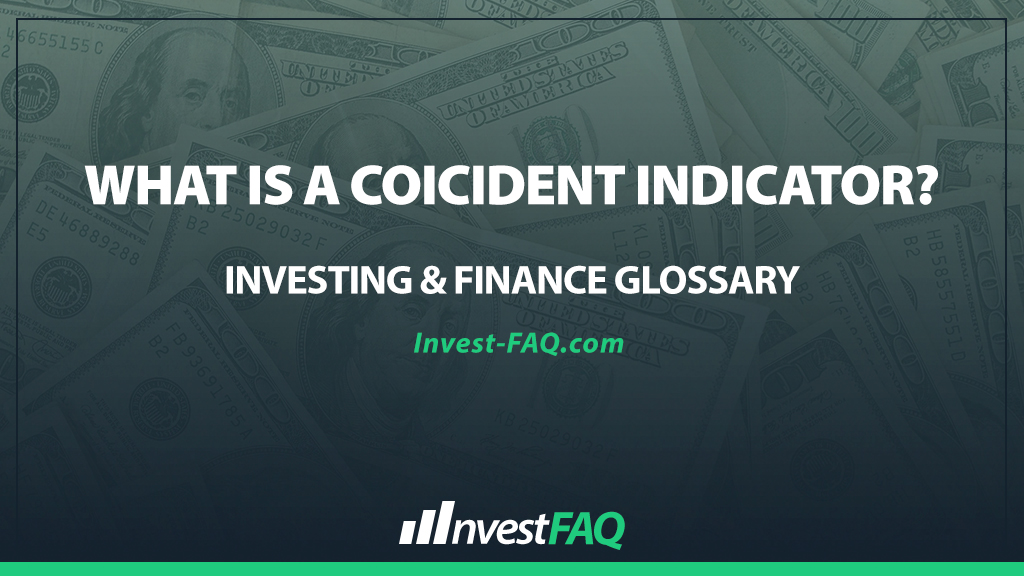
Coincident Indicator
Contents
A coincident indicator is a statistic that reflects the current state of the economy in a specific area, moving up or down in tandem with the overall economy. These indicators are used to assess the current economic conditions and help in making informed decisions regarding economic policies and business strategies.
In business, coincident indicators are crucial for understanding the present economic climate and making immediate decisions.
Companies rely on these indicators to adjust their strategies, manage inventory levels, and forecast short-term demands. For instance, retail businesses might use sales data as a coincident indicator to assess consumer spending patterns and adjust their stock levels accordingly.
Example of a Coincident Indicator
Consider “ElectroTech Industries,” a manufacturer of electronic goods, which monitors the Industrial Production Index (IPI) as a coincident indicator for its business operations. In a given quarter, if the IPI increases by 5%, indicating a rise in industrial production and, by extension, a healthy economy, ElectroTech might experience a corresponding increase in demand for its products.
In this example, the increase in the IPI serves as a direct indicator of the economy’s health, reflecting an uptick in manufacturing and production activities.
For ElectroTech Industries, this rise suggests an increased demand for electronic goods, prompting the company to ramp up production, manage inventory more aggressively, and possibly expand its workforce to meet the anticipated demand.
This strategic response is grounded in the real-time economic insights provided by the coincident indicator.
Significance for Investing & Finance
The significance of coincident indicators in accounting lies in their ability to provide a real-time snapshot of economic conditions, which is invaluable for financial planning and analysis. These indicators:
Guide Strategic Decision-Making: Businesses use coincident indicators to make informed decisions regarding production, inventory management, and staffing, aligning their operations with current economic trends.
Support Financial Forecasting: By reflecting the present state of the economy, these indicators help accountants and financial analysts forecast revenue and expenses more accurately in the short term.
Enhance Economic Analysis: Coincident indicators play a crucial role in the overall economic analysis, offering insights that help evaluate the performance of different sectors and the economy as a whole.
Facilitate Regulatory Compliance: Understanding the current economic environment through coincident indicators enables companies to better comply with financial regulations that may vary with economic conditions.
In summary, coincident indicators are essential tools in the realm of business and accounting, offering immediate insights into the economic environment.
These indicators aid in strategic planning, financial management, and regulatory compliance, underscoring their importance in fostering informed decision-making and ensuring business resilience in changing economic landscapes.
FAQ
What defines a coincident indicator in economics?
A coincident indicator is a metric that changes simultaneously with the overall economy, reflecting the current state of economic activity. It is used to assess and analyze the present economic conditions.
Can you give examples of common coincident indicators?
Common coincident indicators include the Gross Domestic Product (GDP), employment levels, personal income, and retail sales, all of which provide real-time insights into the economic health.
How do coincident indicators differ from leading indicators?
While coincident indicators show the current state of the economy, leading indicators are designed to predict future economic activity, providing advance signals of what is likely to happen in the economy.
Why are coincident indicators important for businesses?
Coincident indicators are crucial for businesses as they offer immediate insights into the economic environment, enabling companies to make informed decisions regarding production, staffing, and inventory management in real time.
